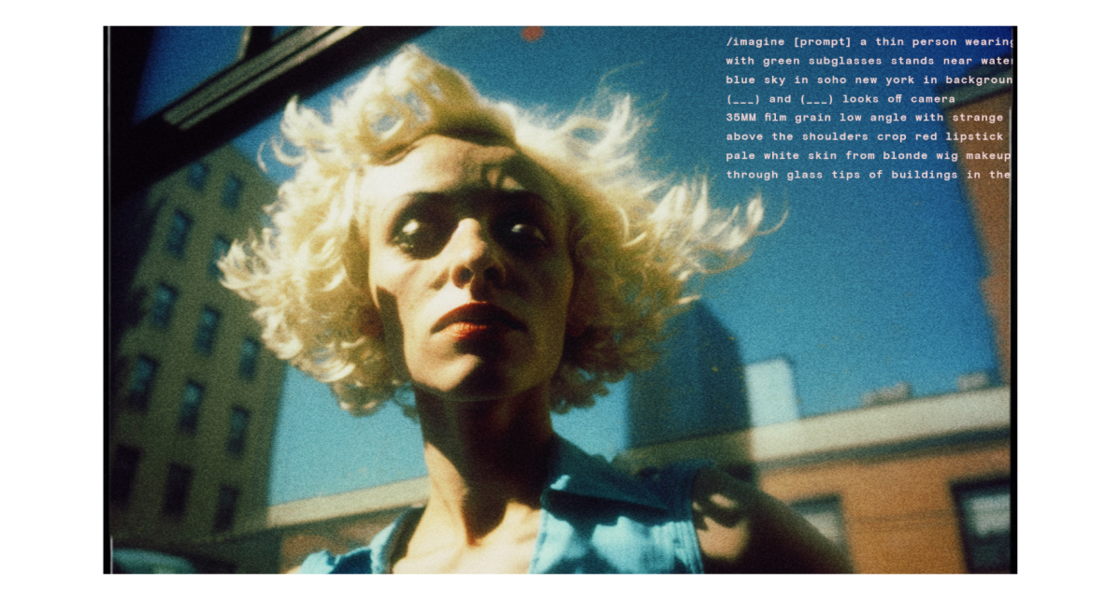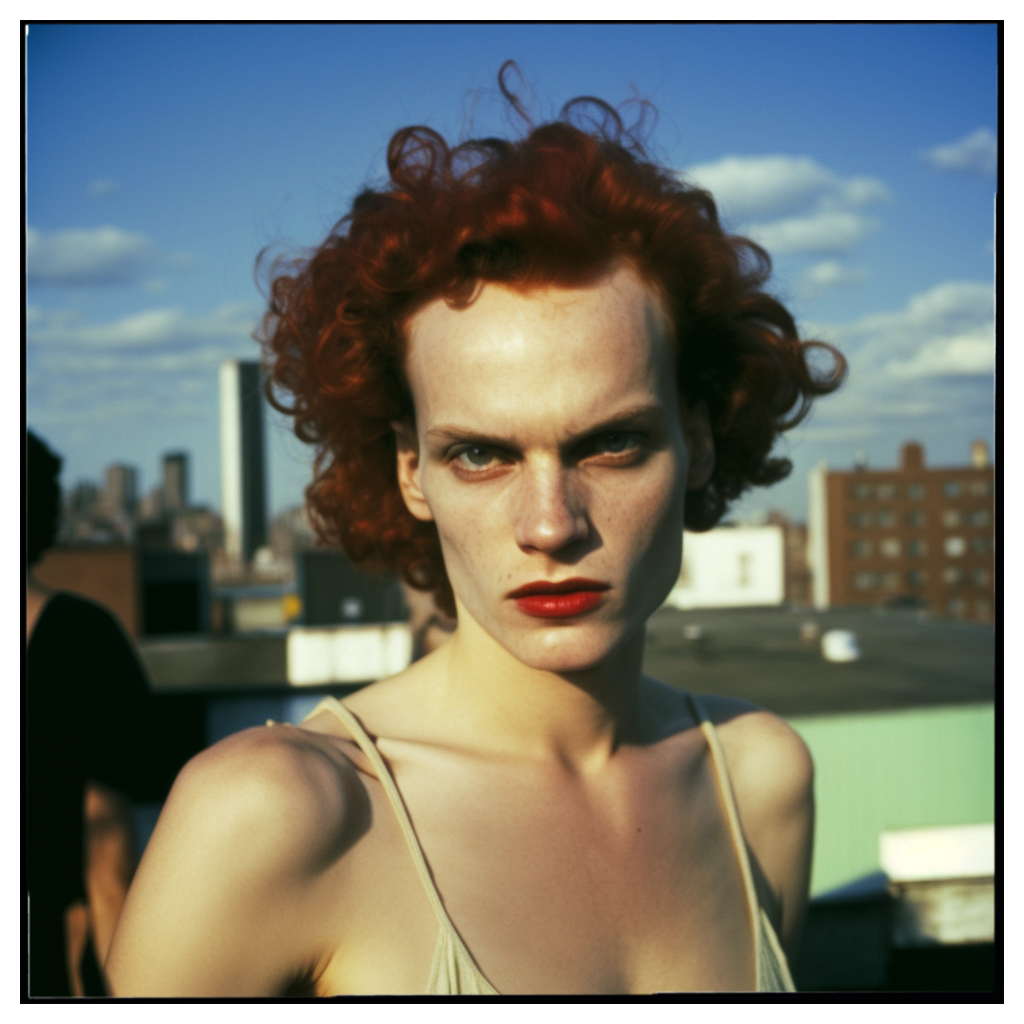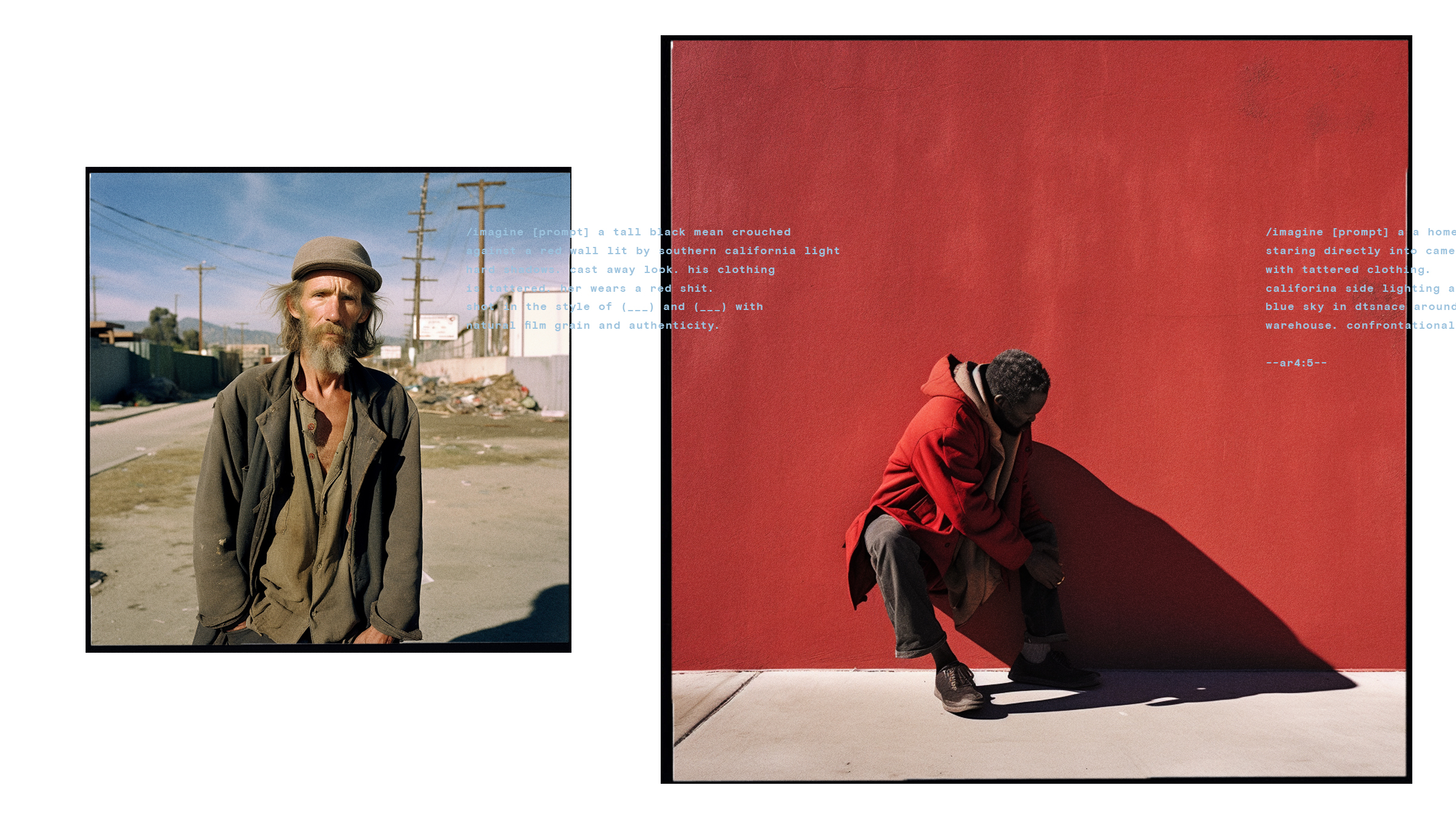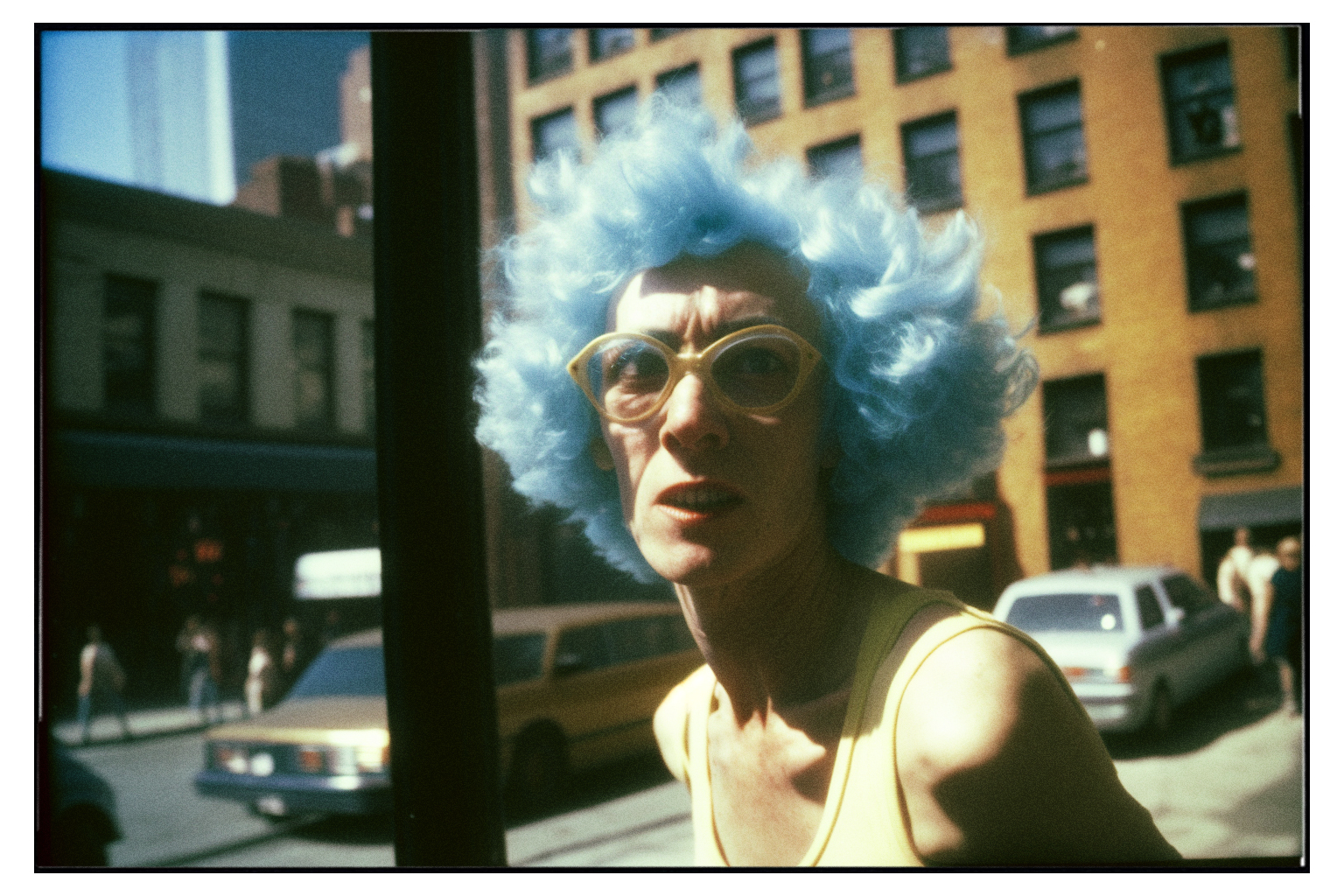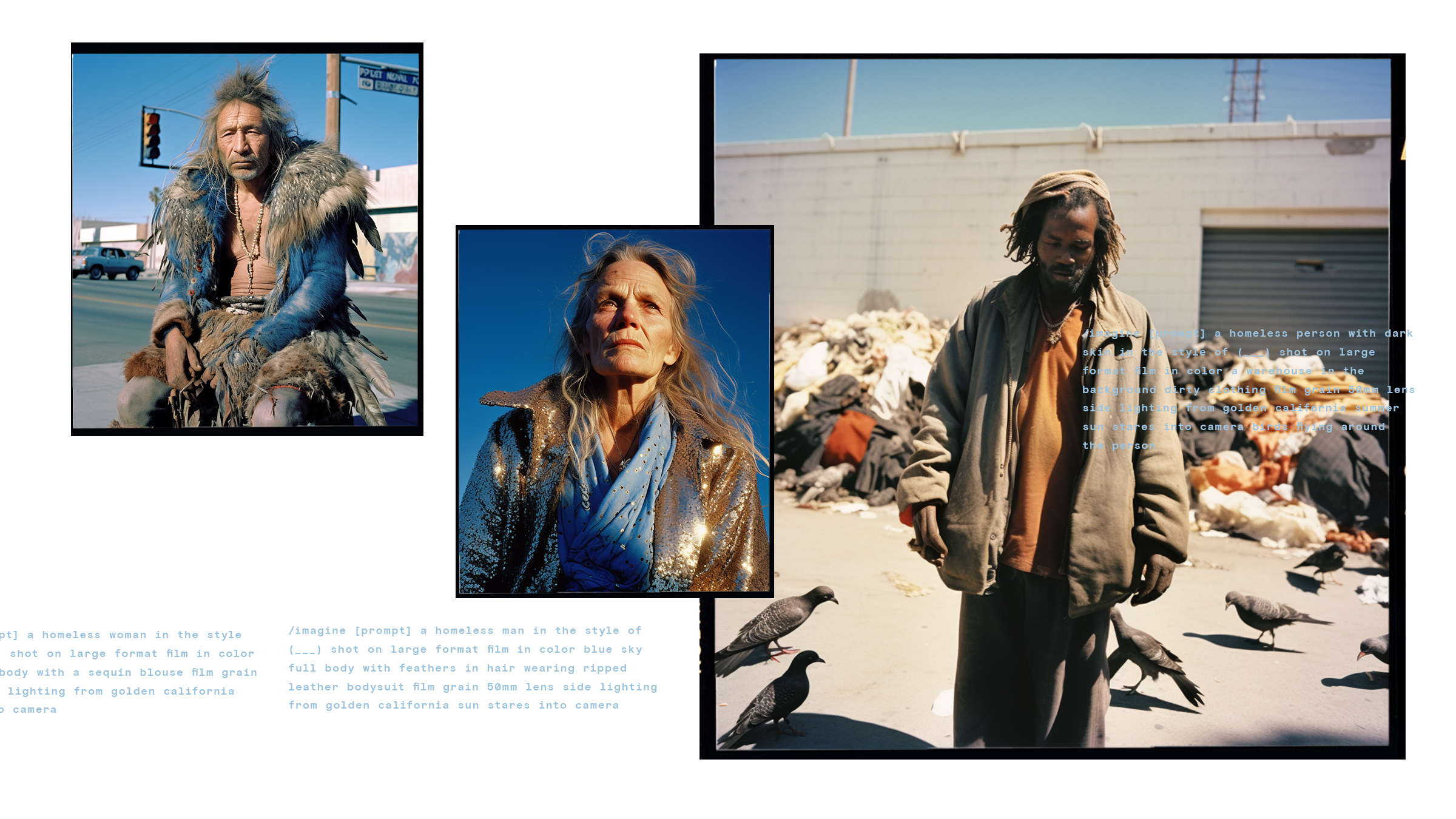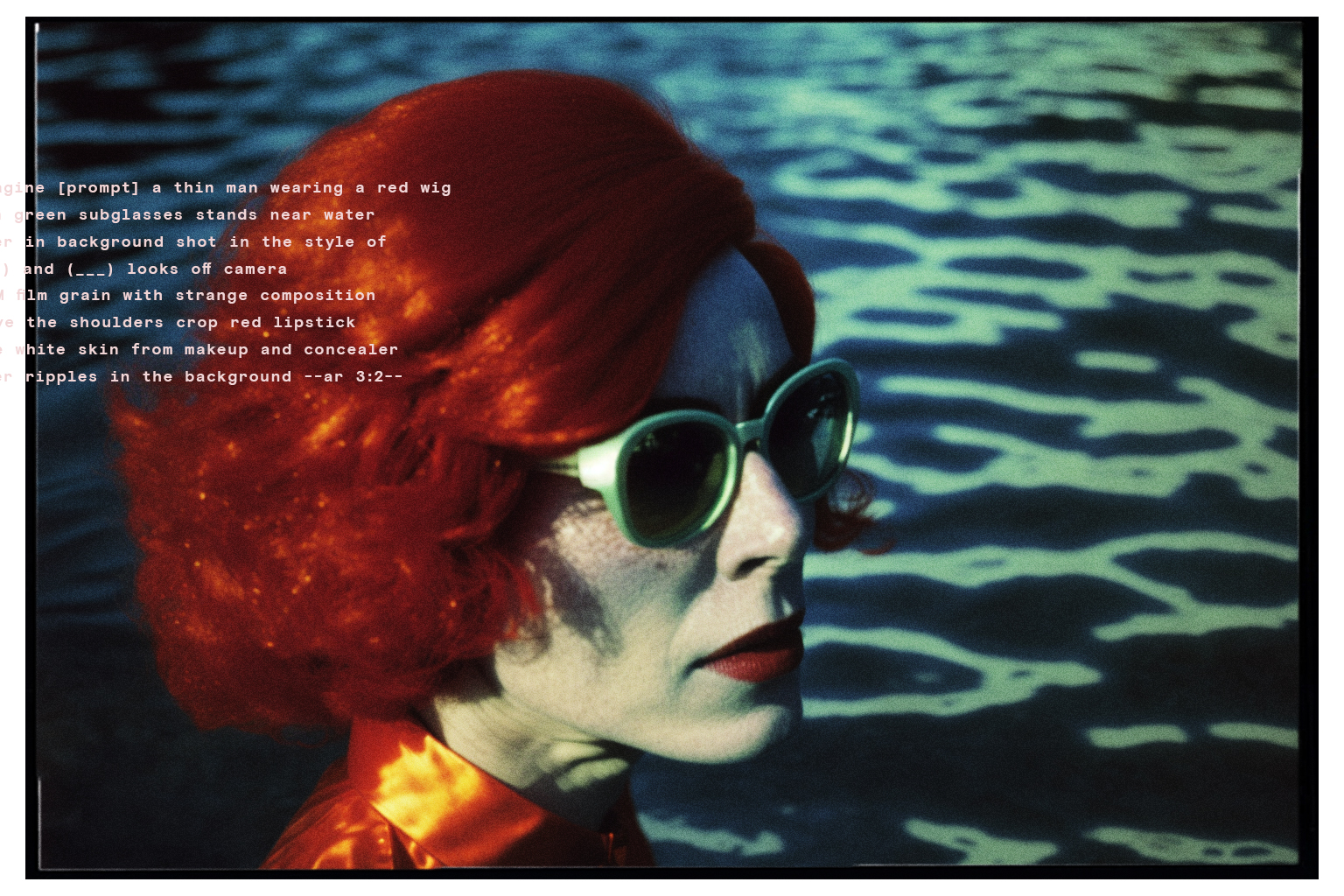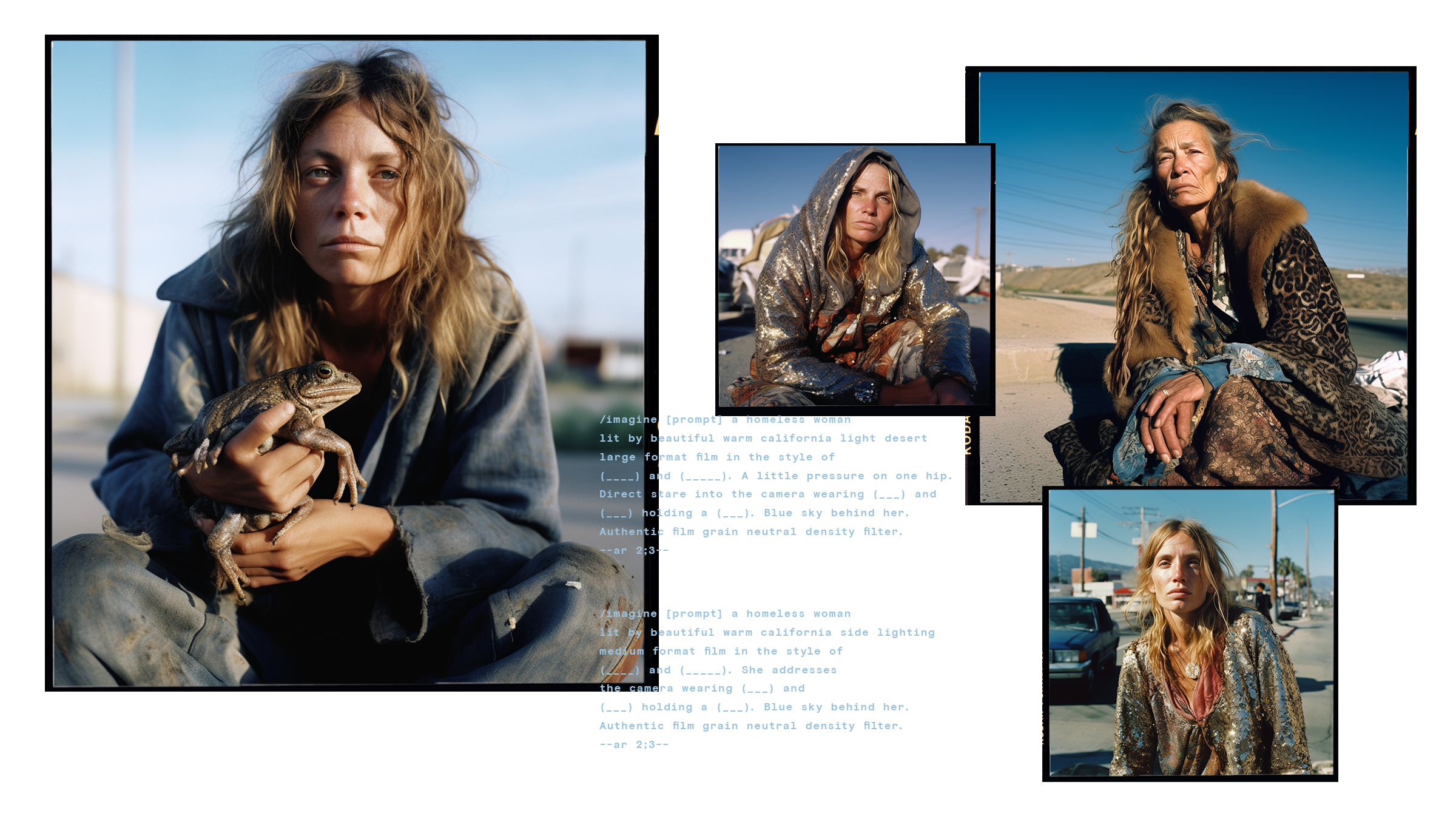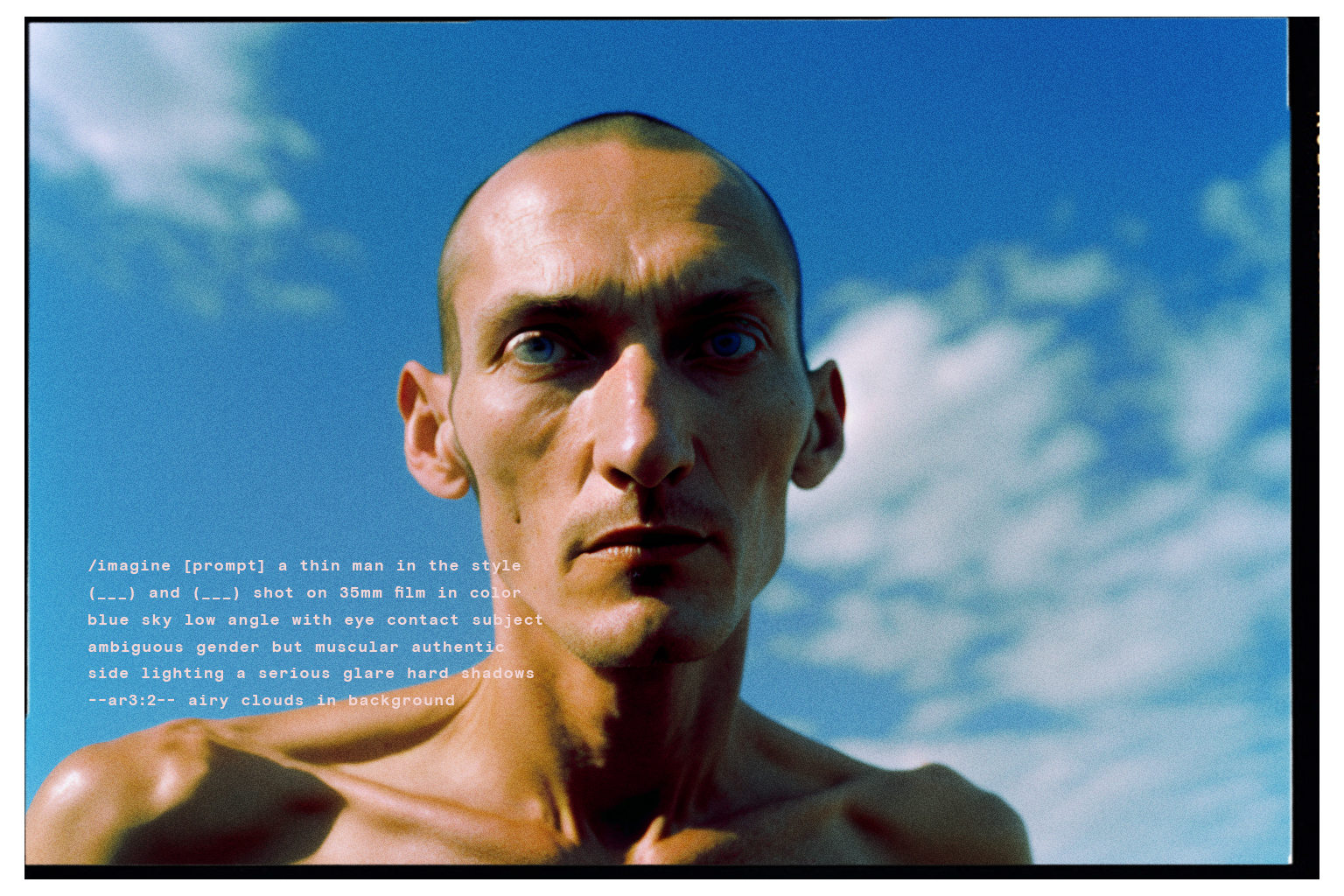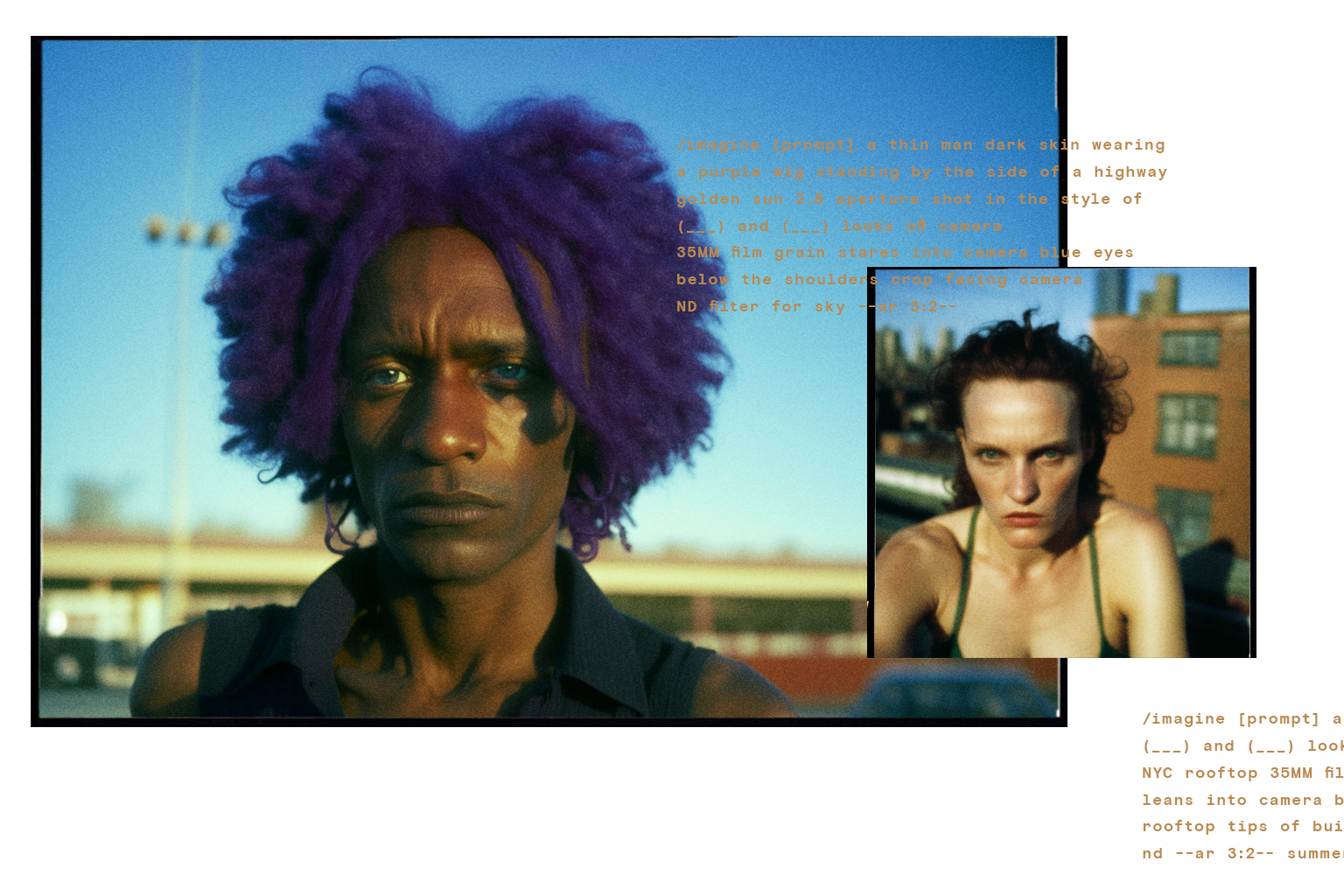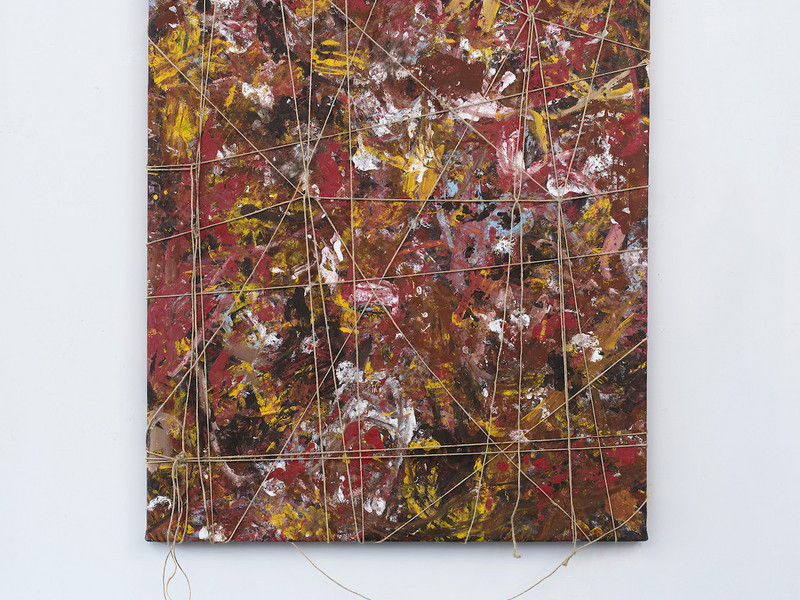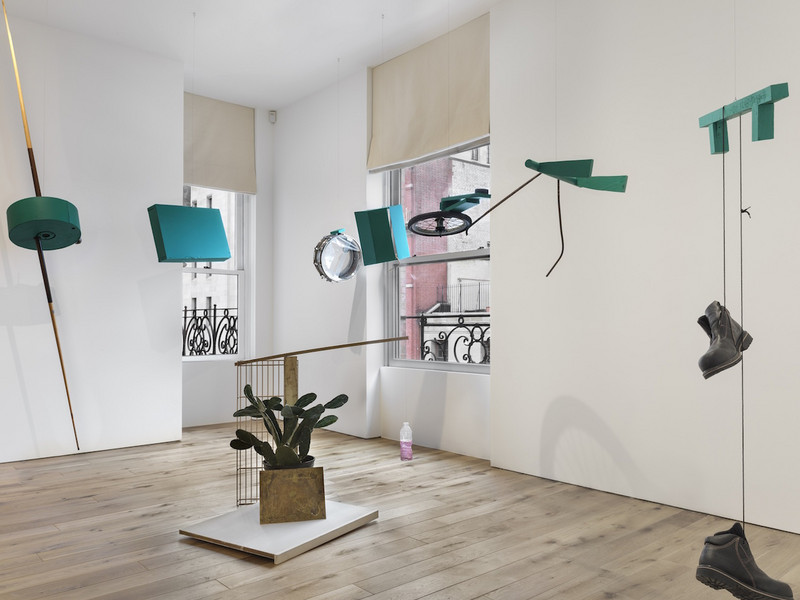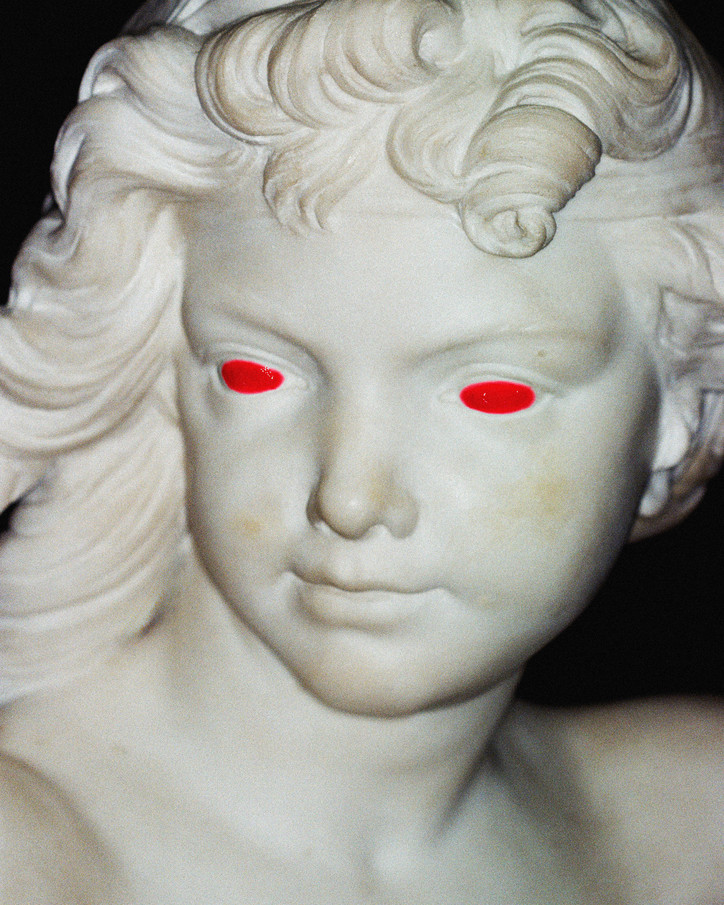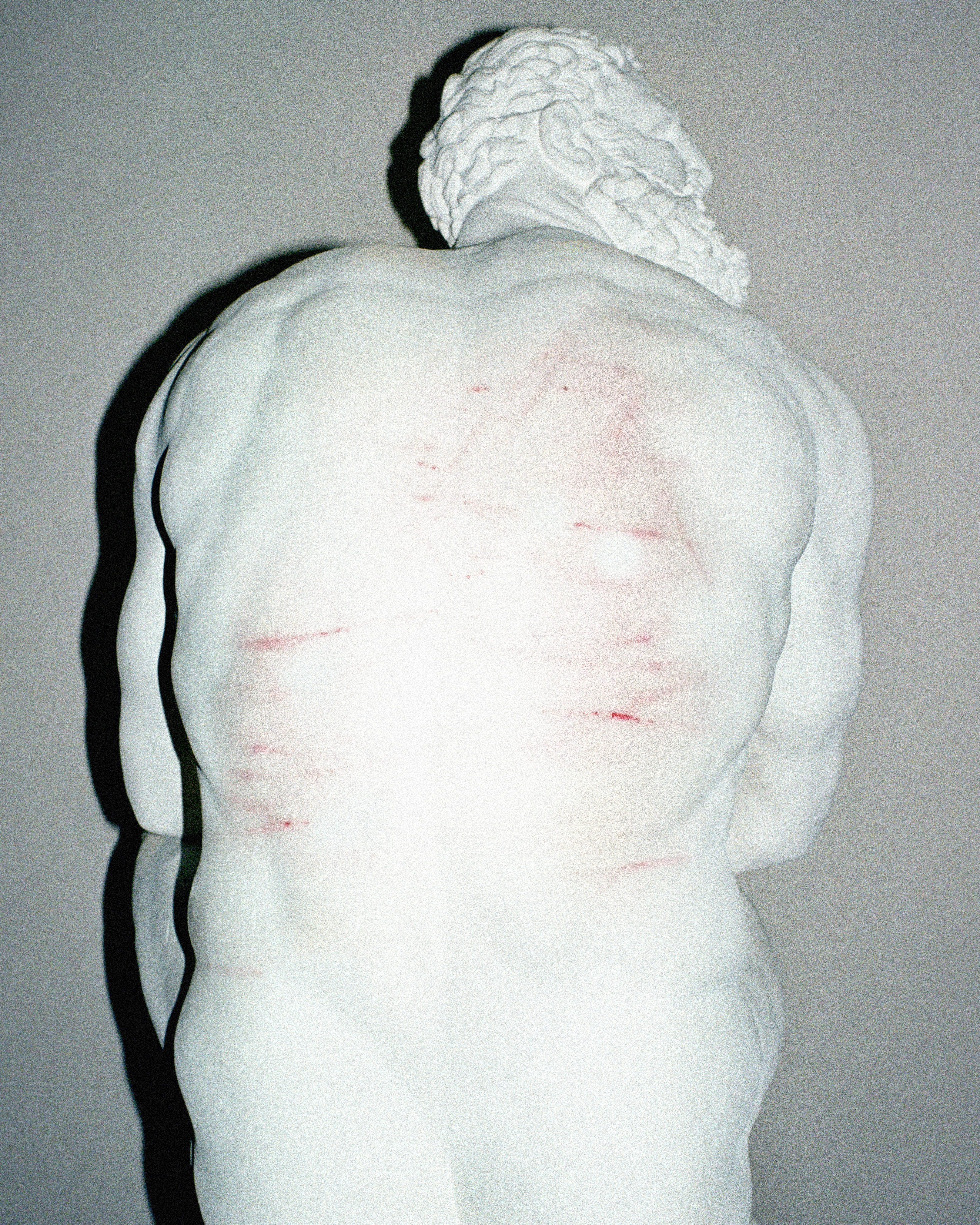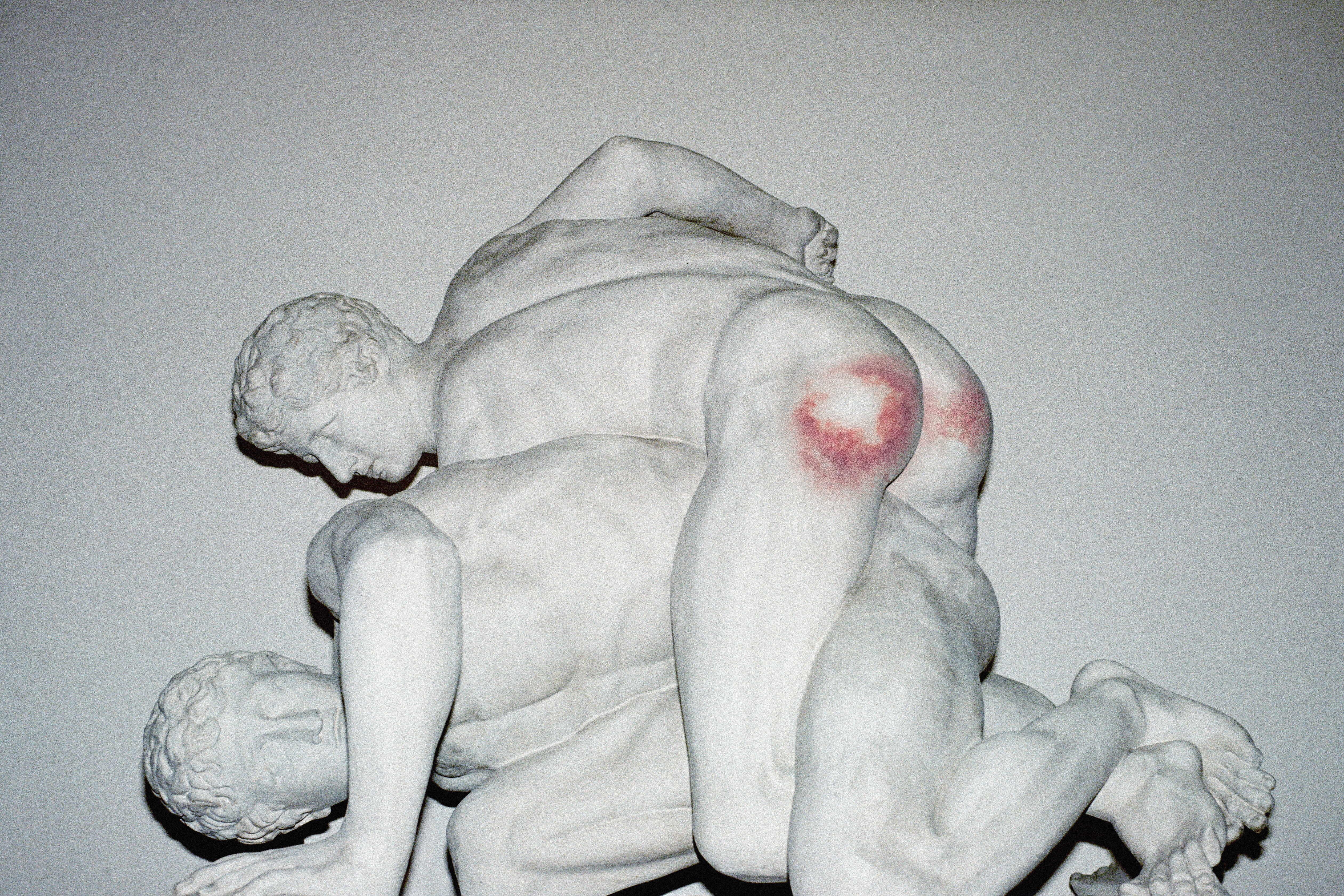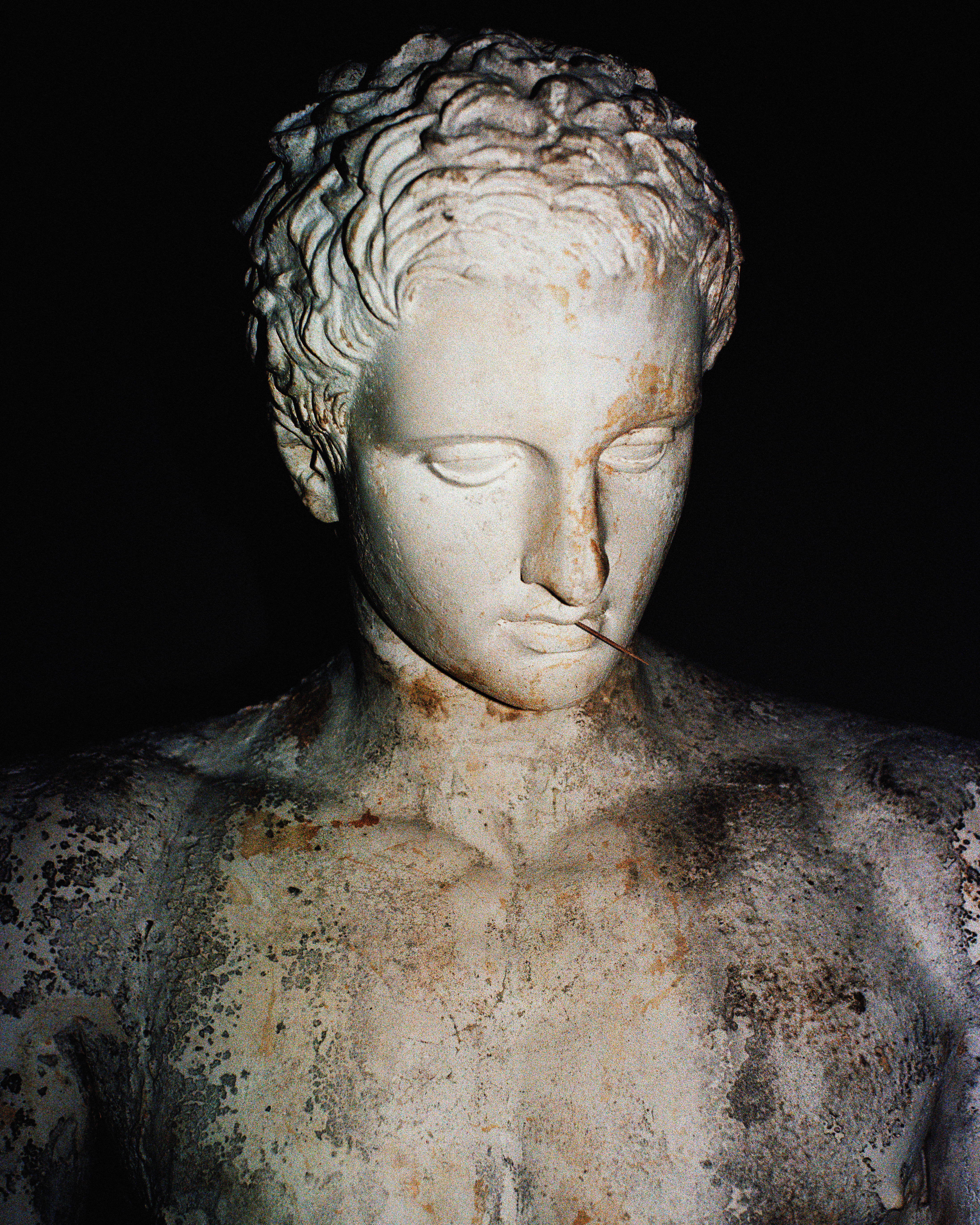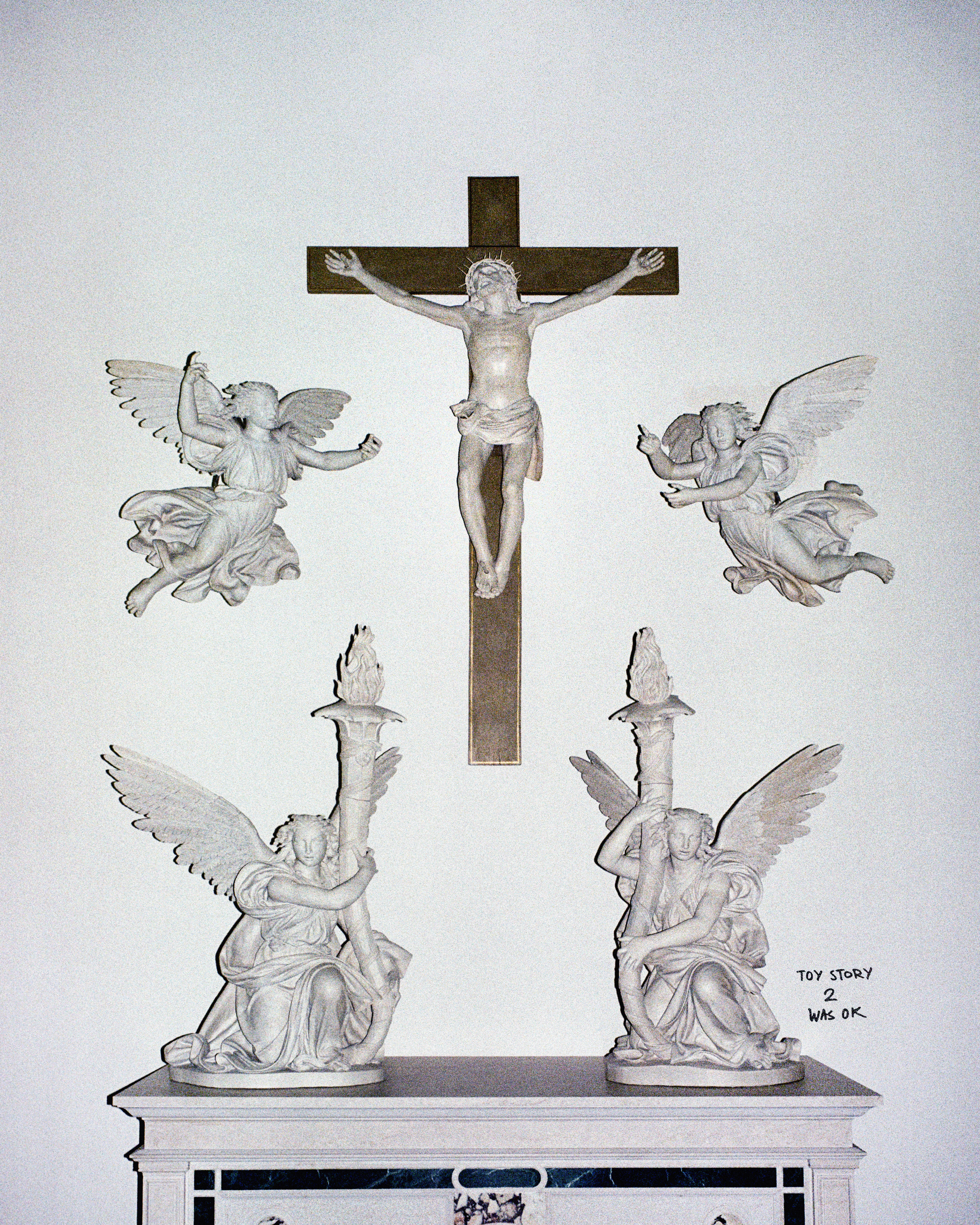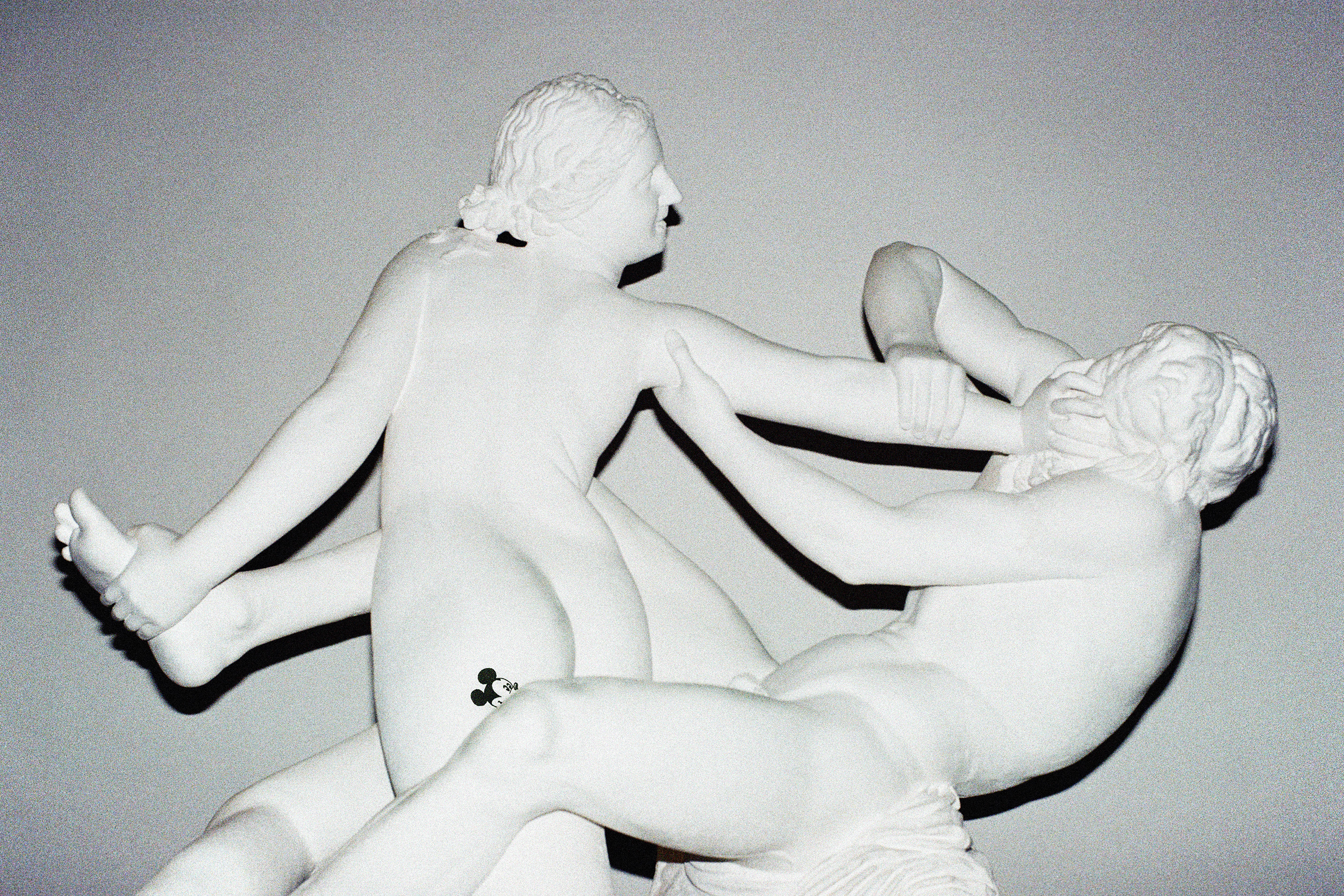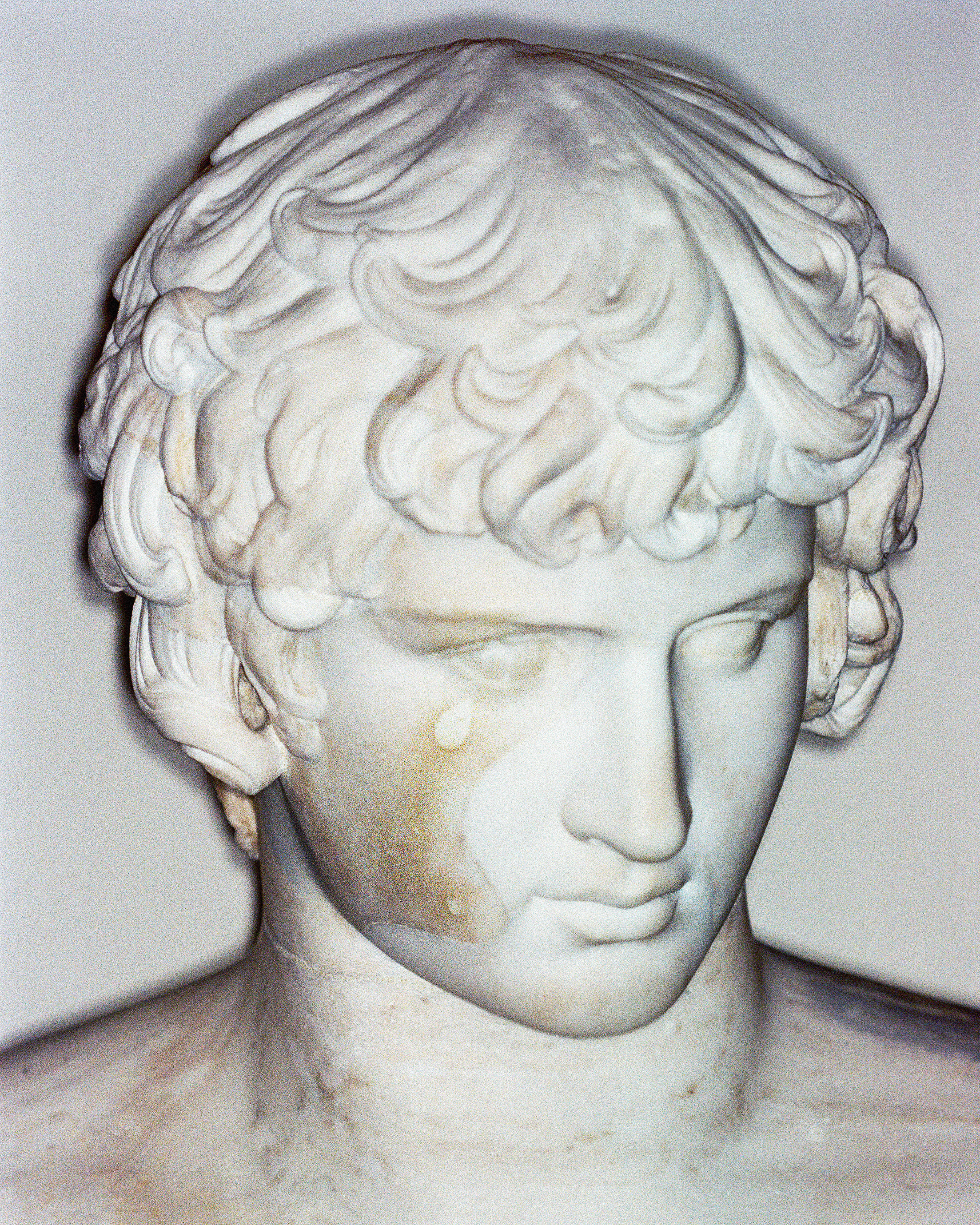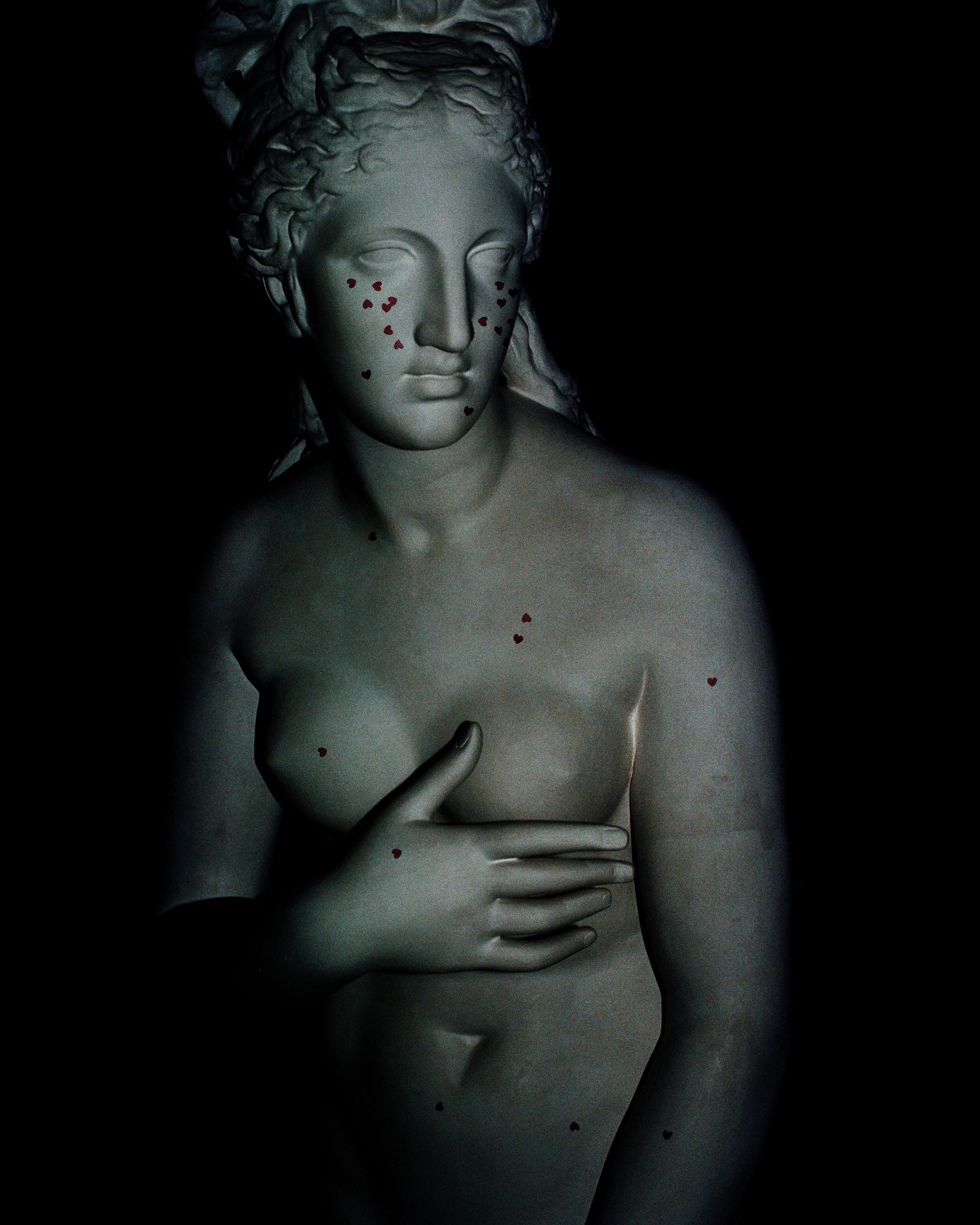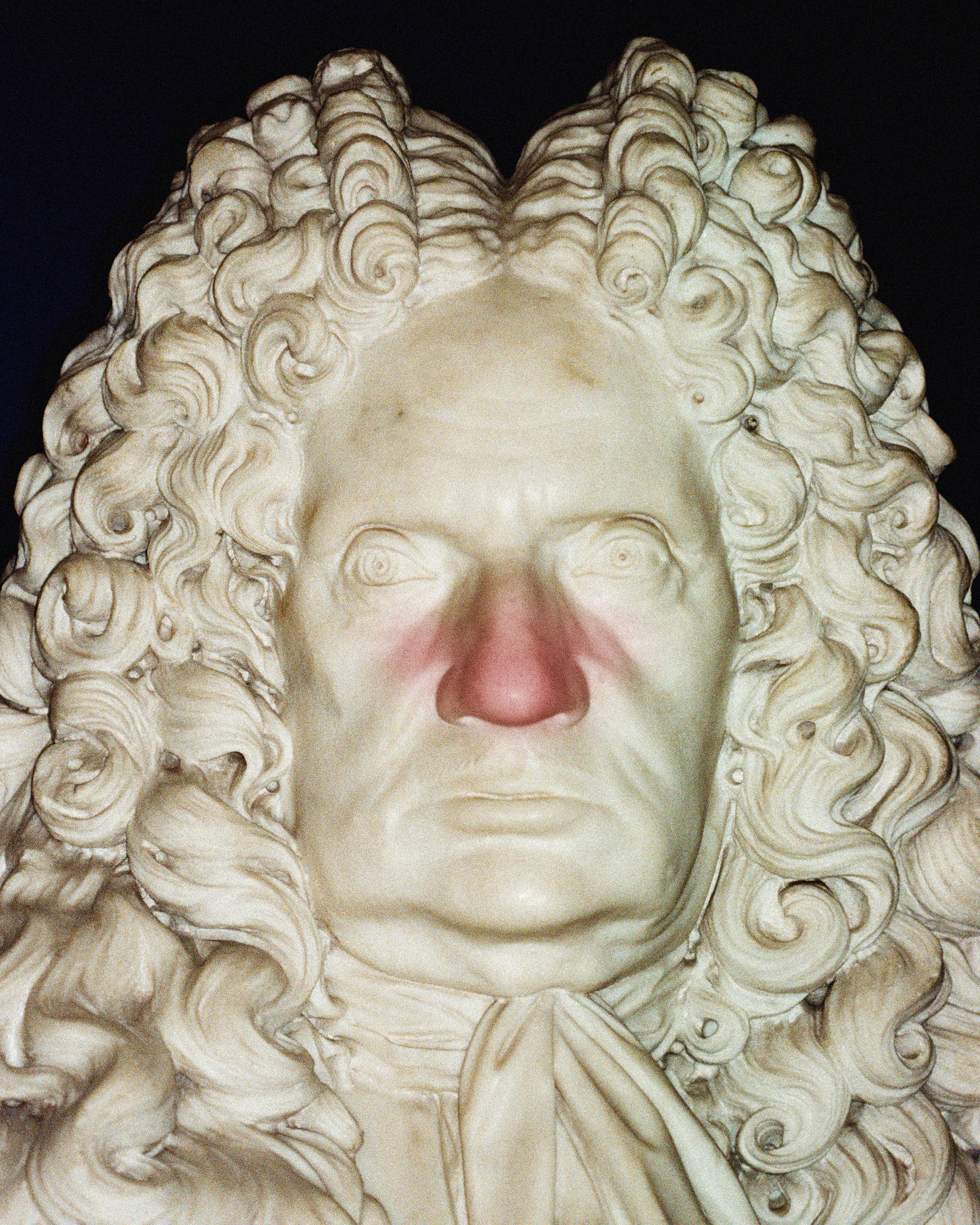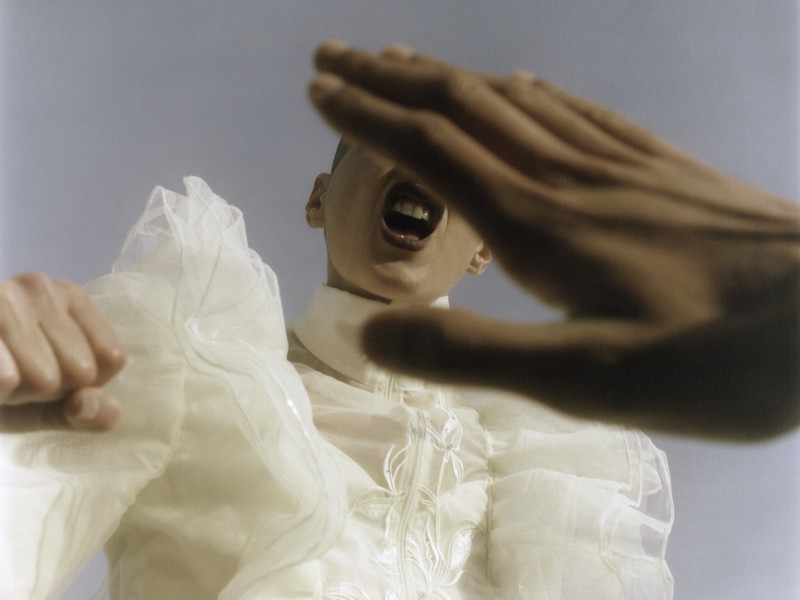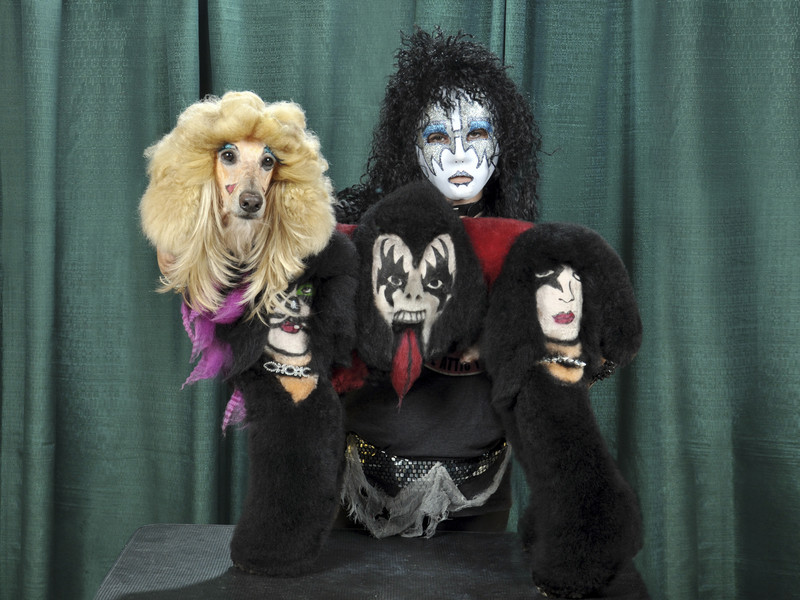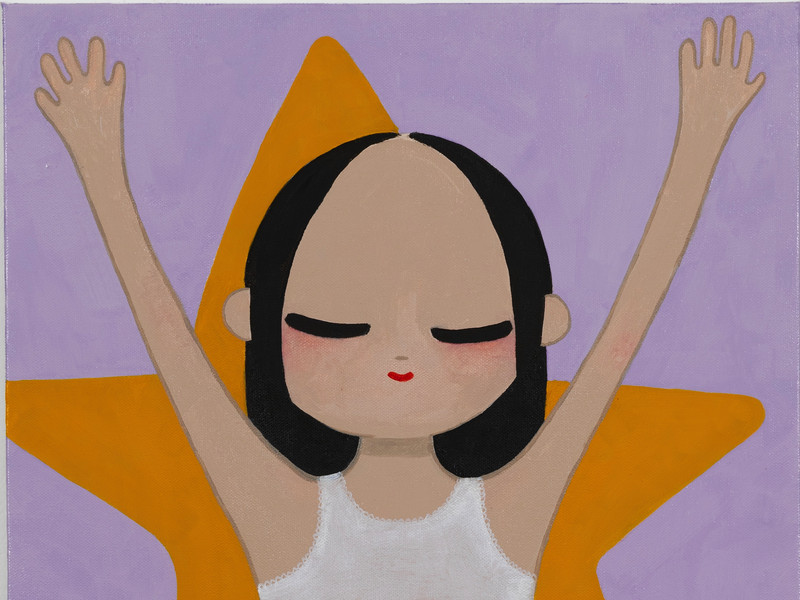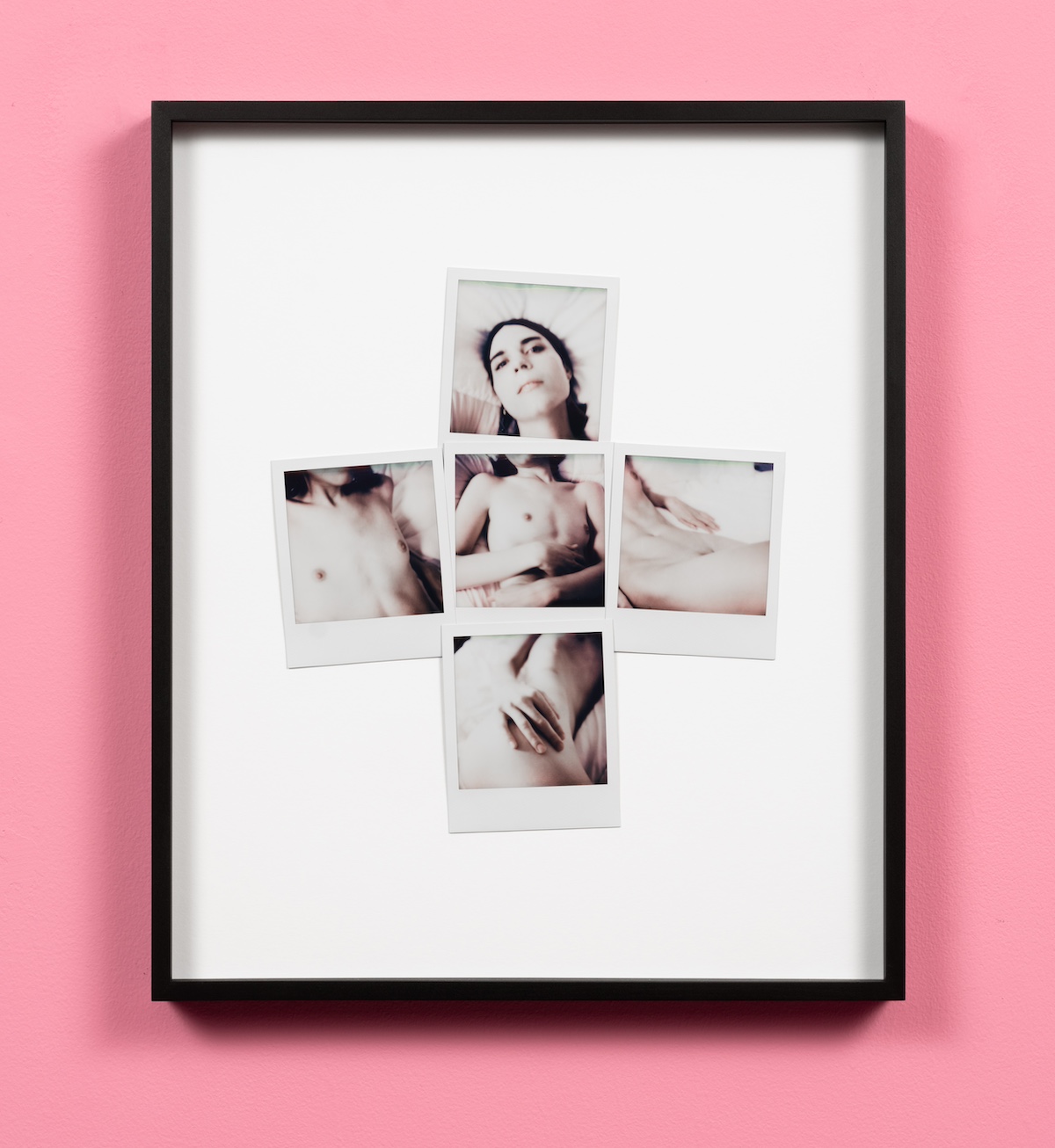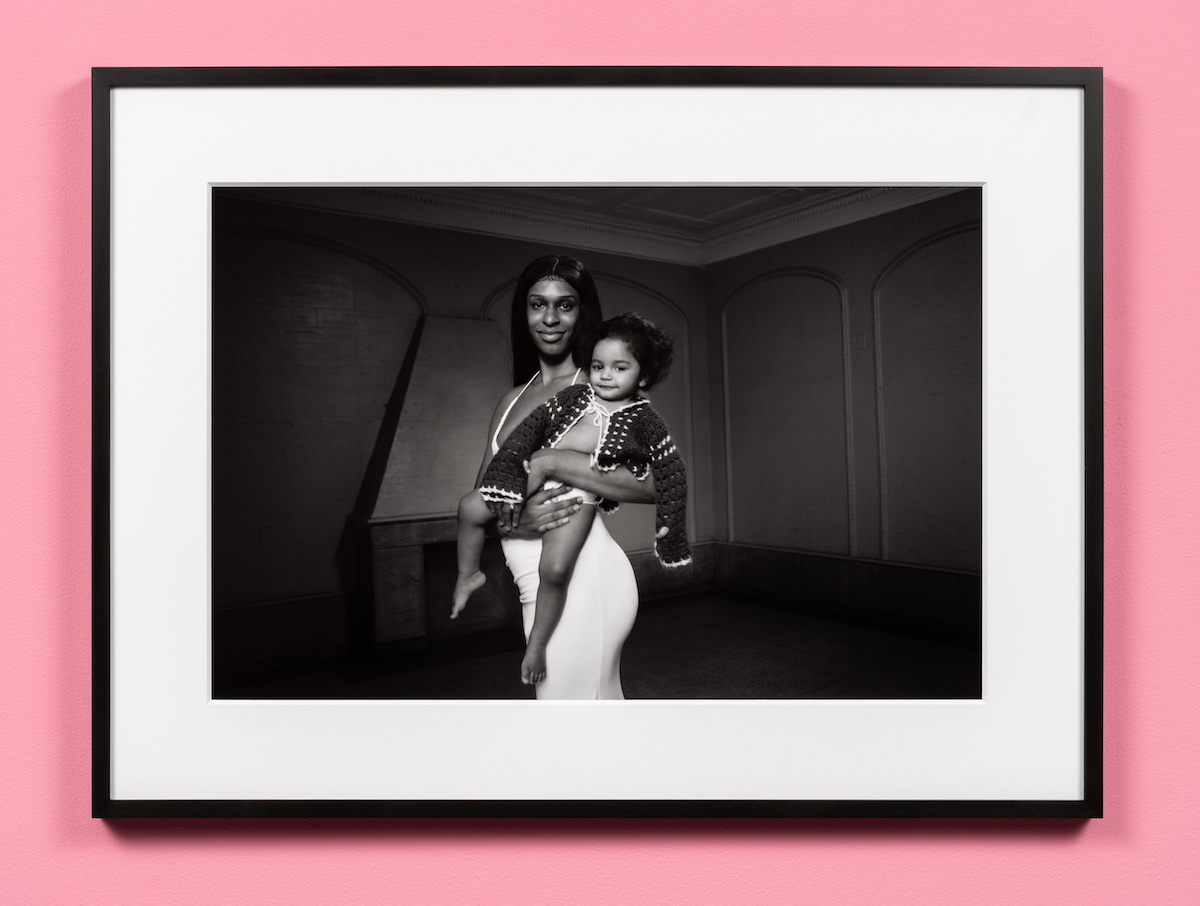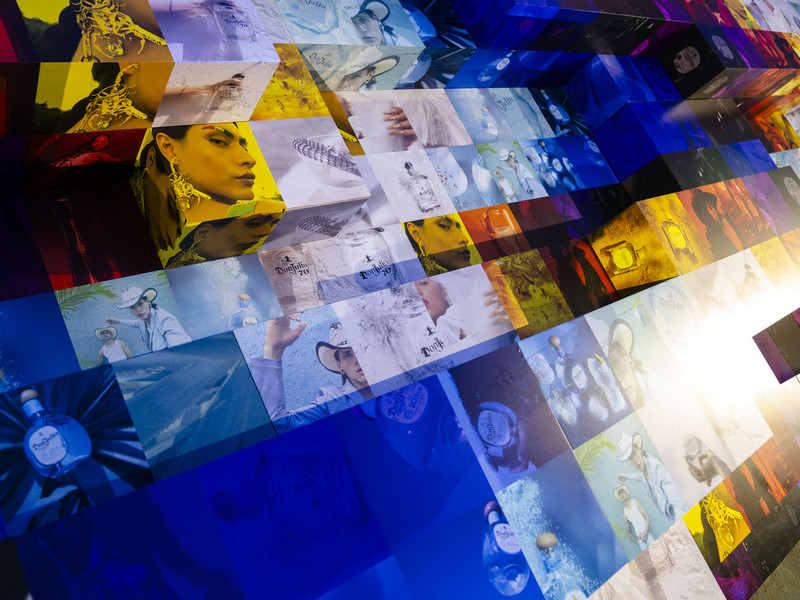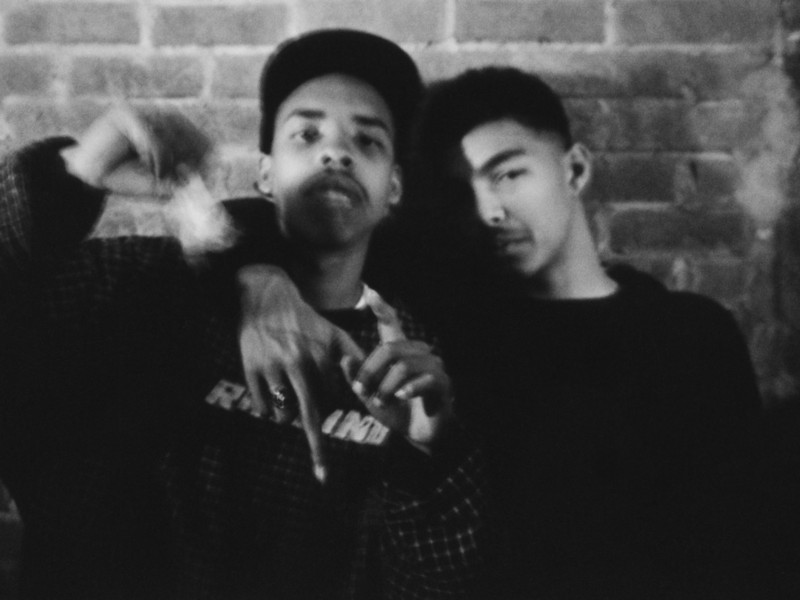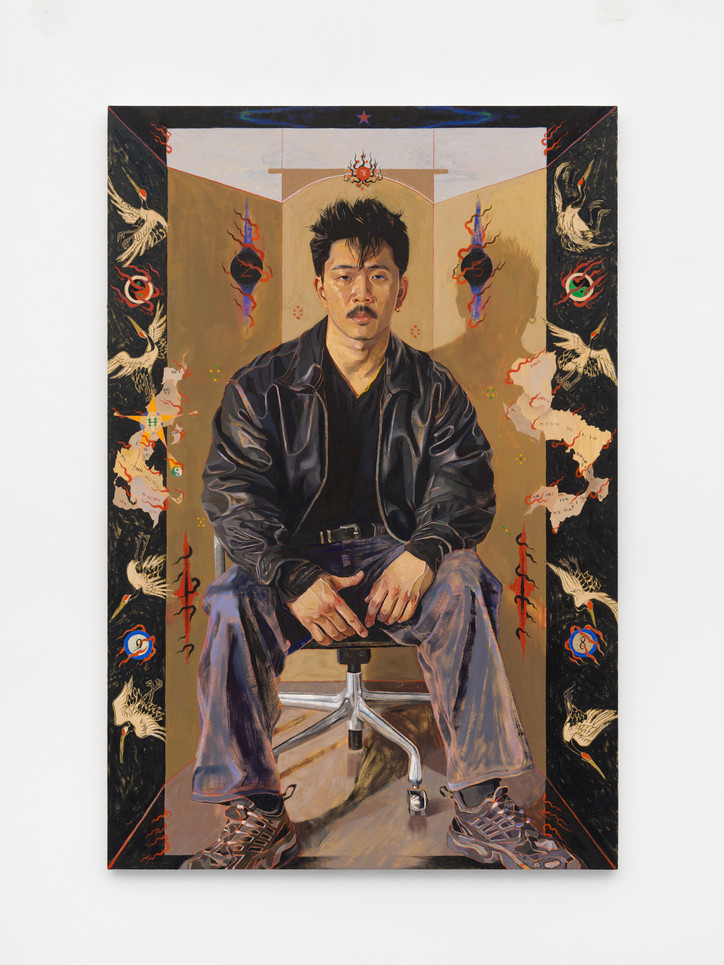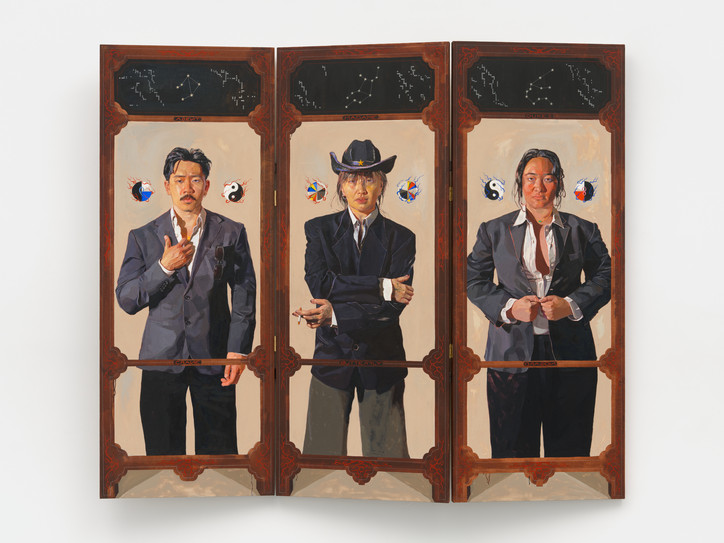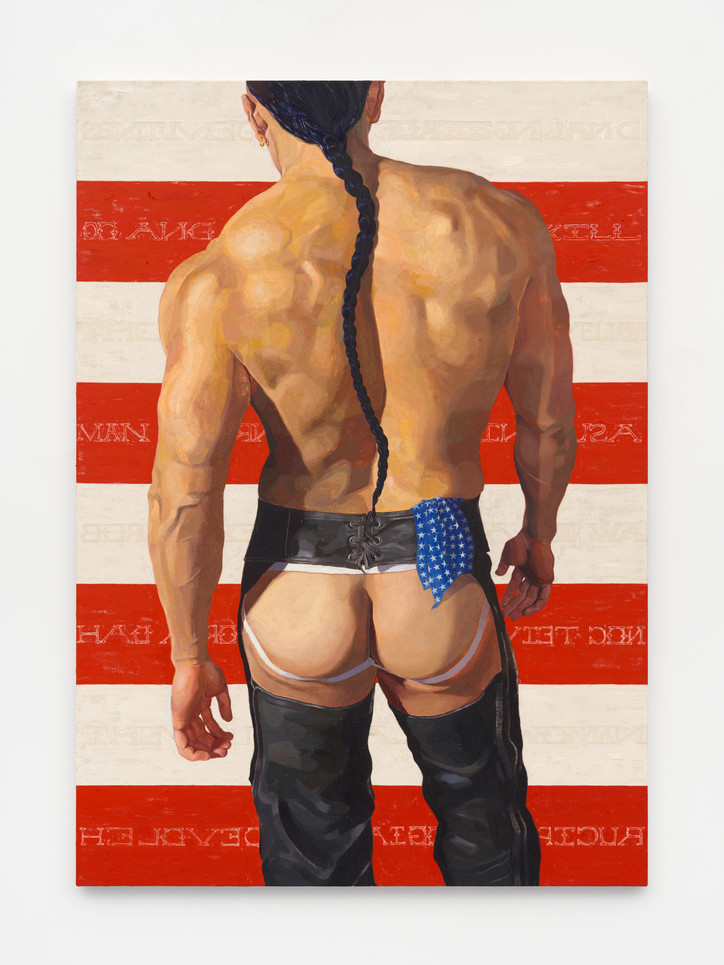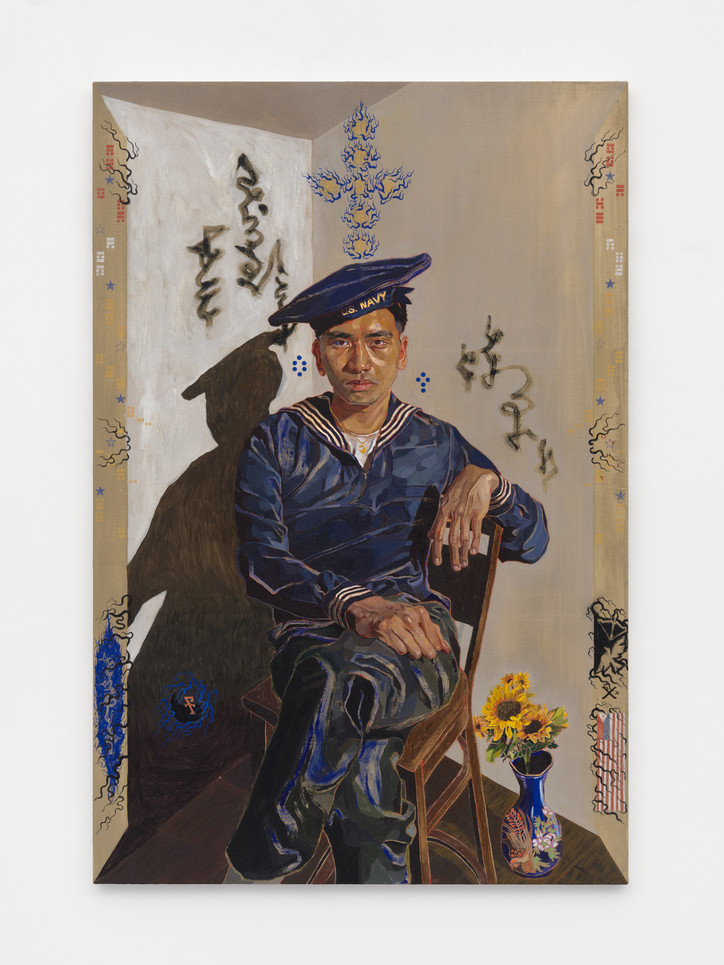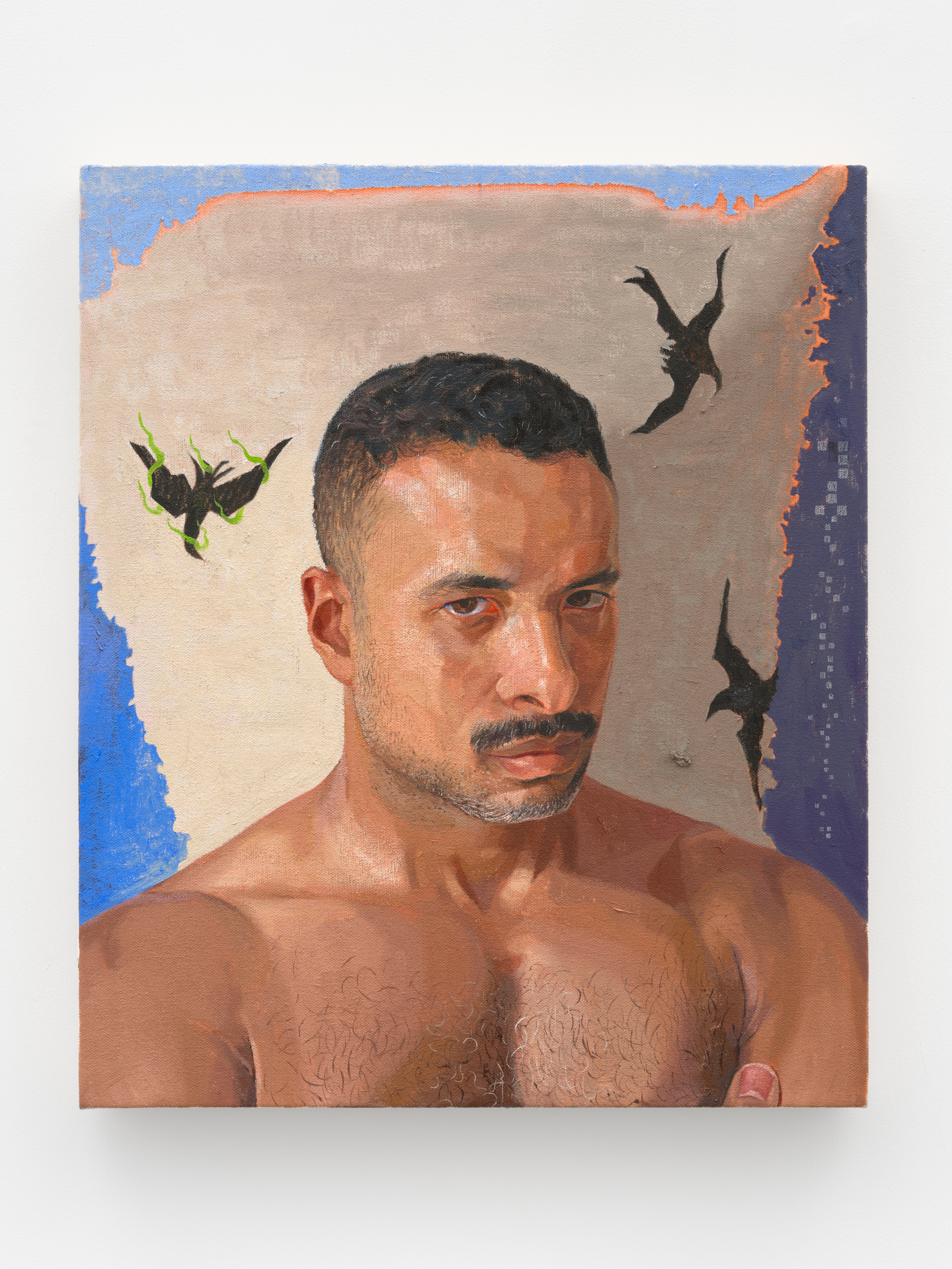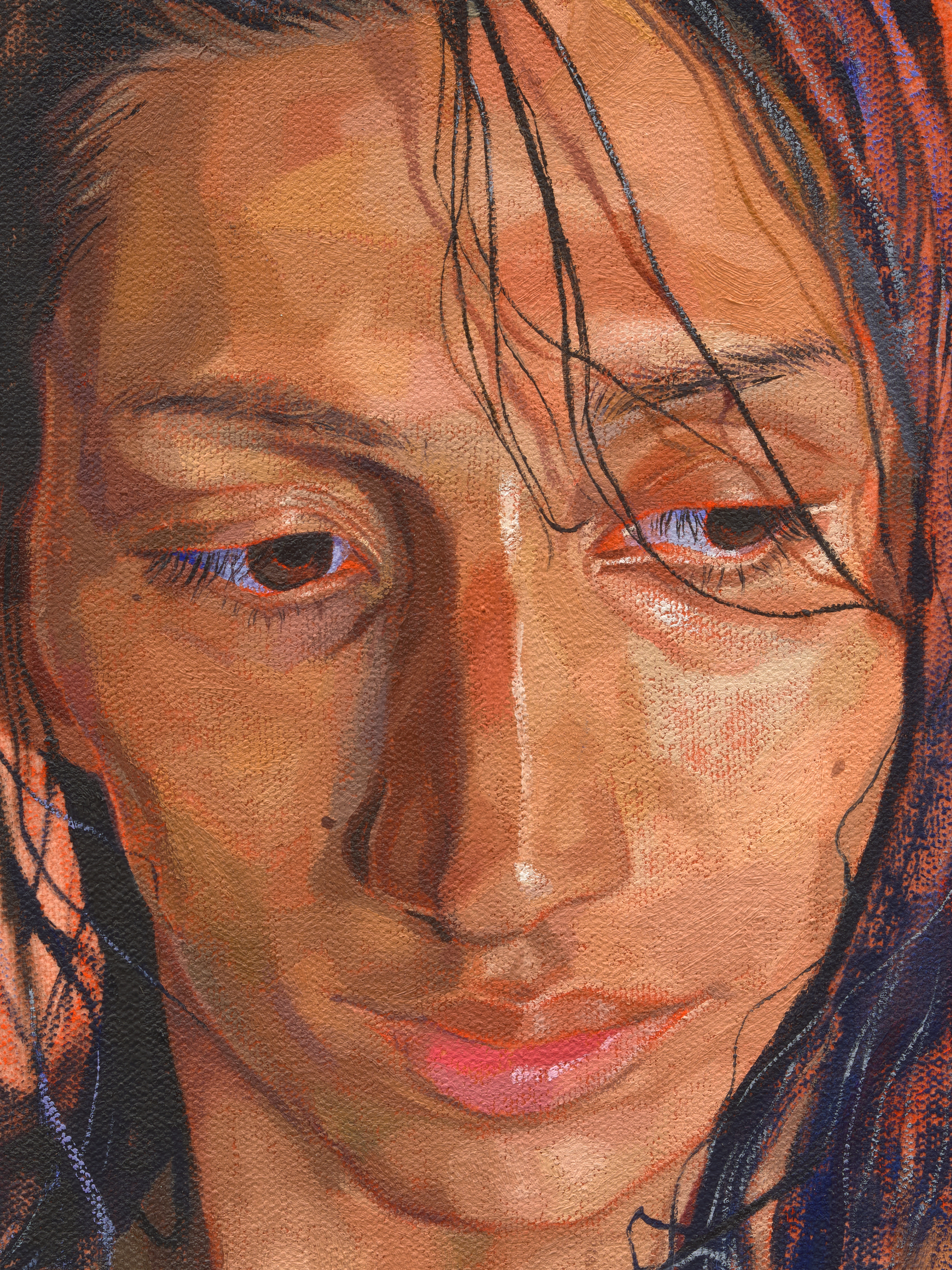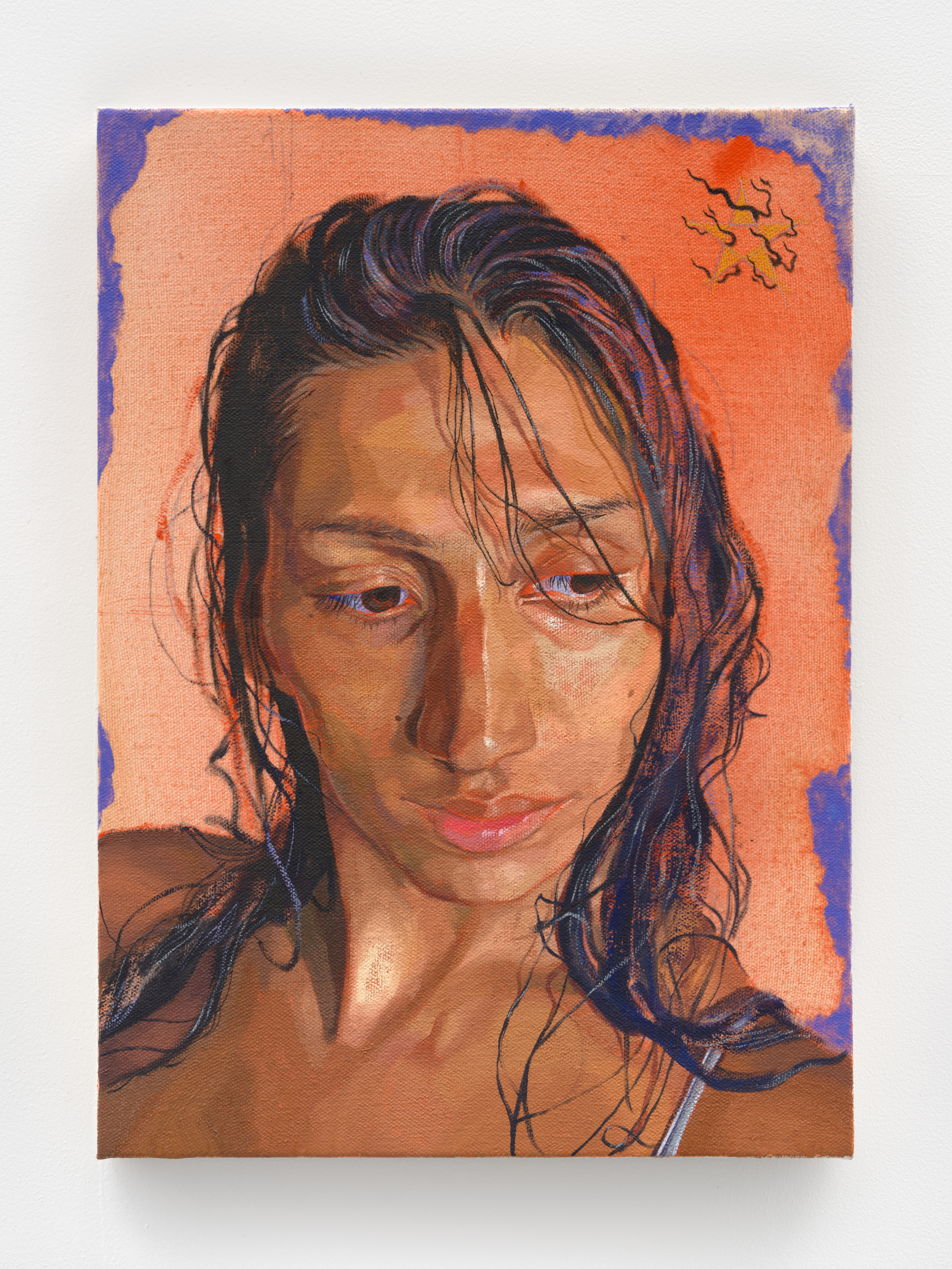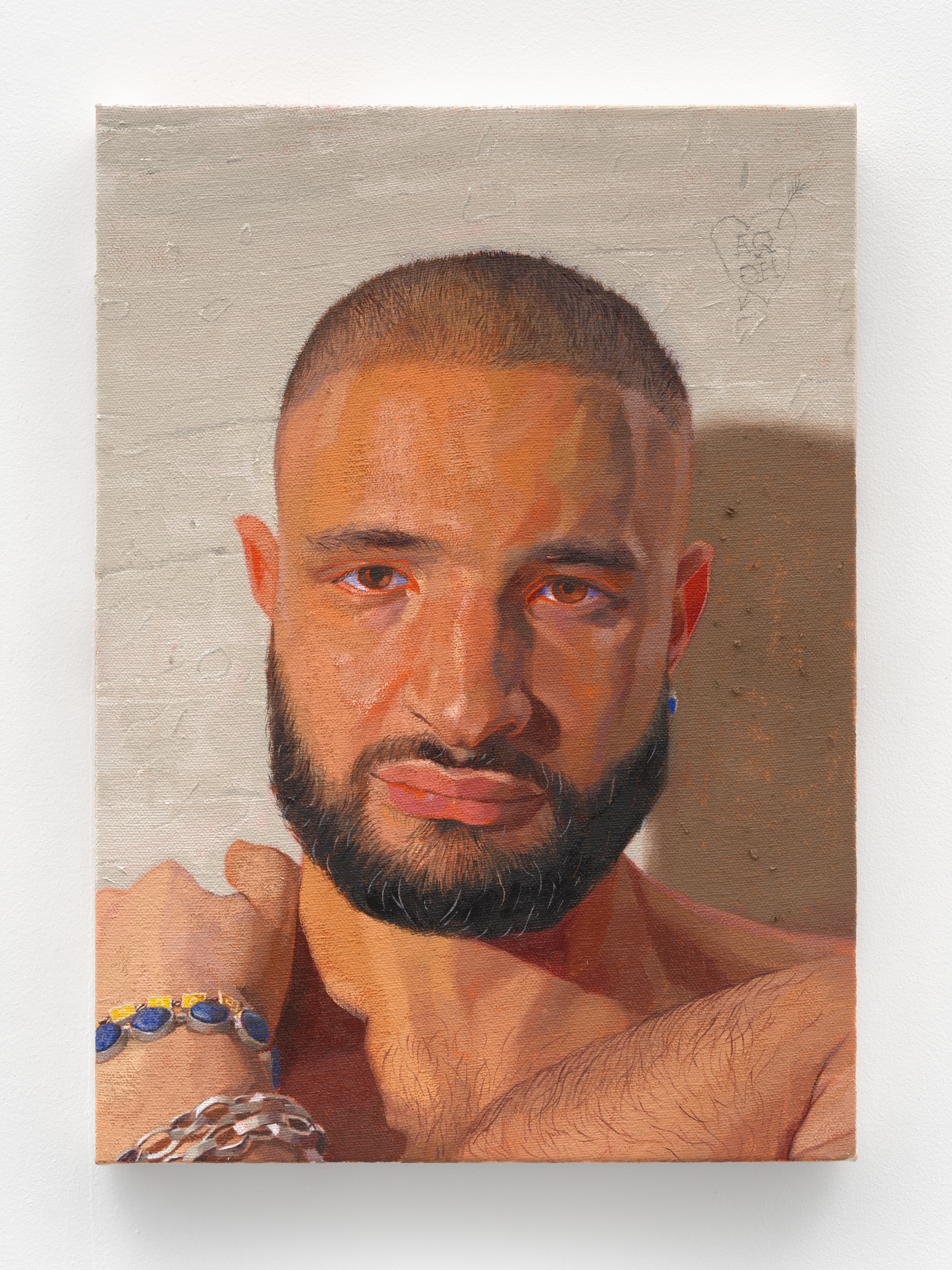Do I Feel Real?
They invoke a genre of sensual portraiture that counsels the presence of the photographer, of live experience, that might exist beyond the borders of the picture. One thinks of Nan Goldin or Gary Winogrand enmeshed in their surroundings as if they are the camera and the subject and the place at once. Berger talks about this in his notion of the photograph as historical record.
That the construction of these Midjourney images denies the audience of this surplus (story), suggests perhaps, a need to appraise pictorial authenticity in general. What does it mean for an image to feel real? Do we care about the difference between feeling real and being real? I wonder if in our post reality art world this is a consideration at all.
Here instead of an (edited) historical record, we see an amalgam of pixels that refer to the experiences attached to other photographs in history — a sort of palimpsest of an event. “/imagine [prompt] a homeless man wearing torn clothes, sitting on the backside of a warehouse holding ___ shot in the style of ___ meets ___ with this kind of light on this type of day from ___ angle.”
Rather than history, exploitation pervades in the artificial image. All is available to use as it is open to own. In this way, our collective internet selves are a sort of historical material to be collected. AI, a construct devised from borrowing, equal but with precious access like all development. In his 1922 prologue to Man Ray’s twelve rayographs, Les Champs delicieux, Tristan Tzara, wrote of photography, “As the mirror effortlessly throws back the image, and the echo the voice… The man is the camera.” Today, I wonder less about the camera as much as the echo.
